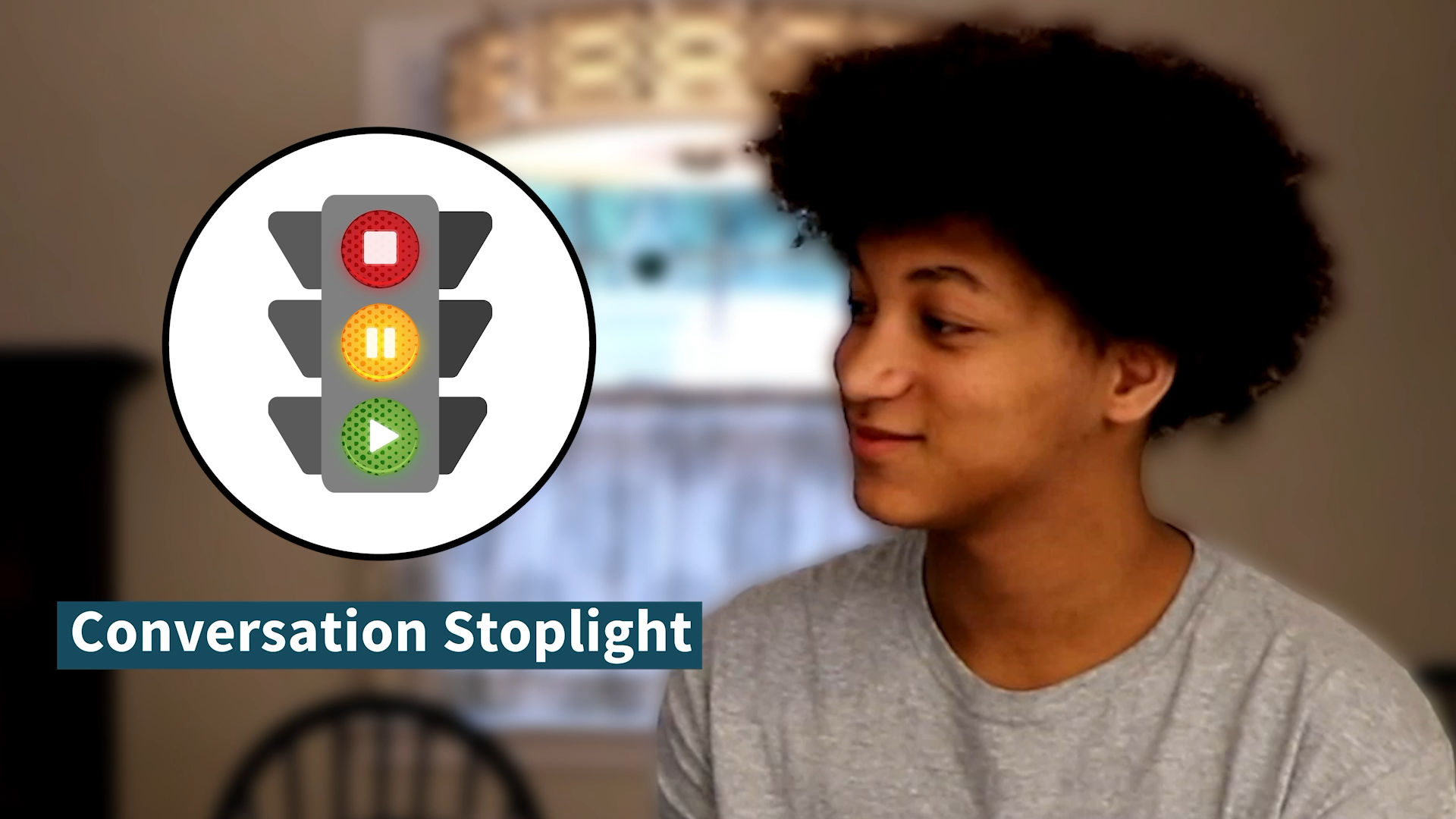
Introduction
The Conversation Stoplight is an effective tool to help middle school students develop their communication skills and foster positive social interactions. The Stoplight concept teaches students to listen carefully, share the conversation, and speak only when it’s their turn. By practicing these skills, students can improve their communication and build stronger relationships with their peers.
No-Prep Activity
Here’s an easy, no-prep activity that educators can use to help students practice using the Conversation Stoplight:
- Divide the students into pairs or small groups.
- Assign each group a conversation topic, such as favorite movies, hobbies, or weekend plans.
- Instruct the students to have a conversation using the Conversation Stoplight rules. Remind them to pay attention to their conversation partner(s) and take turns speaking.
- After a few minutes, have the groups switch conversation topics and practice again.
- Once the activity is completed, gather the students together and ask for volunteers to share their experiences using the Conversation Stoplight.
This activity encourages students to practice listening, sharing, and taking turns in a conversation, helping them develop essential social-emotional skills.
Discussion Questions
Use these questions to further explore the concept of the Conversation Stoplight and stimulate meaningful discussions among students:
- Why is it important to listen carefully to others during a conversation?
- How does using the Conversation Stoplight help you build better relationships with your peers?
- Can you think of a situation where using the Conversation Stoplight might be particularly helpful? Why?
- How does taking turns in a conversation show respect for others?
- What challenges did you face while practicing the Conversation Stoplight, and how can you overcome them?
Related Skills
Along with the Conversation Stoplight, there are other relevant skills that can enhance students’ social-emotional learning and communication abilities. These include:
- Active listening: This skill involves not only hearing the words spoken by others but also understanding and interpreting their messages.
- Empathy: Understanding and sharing the feelings of others can help students build stronger connections and foster a supportive environment.
- Nonverbal communication: Recognizing and interpreting body language, facial expressions, and gestures can provide valuable information during conversations.
- Conflict resolution: Learning to manage disagreements and find mutually beneficial solutions can help students maintain positive relationships with their peers.
Next Steps
If you find the Conversation Stoplight and related skills helpful in promoting social-emotional learning among your students, we invite you to explore more resources and activities. Sign up for free samples of these skills and others at Everyday Speech. These materials can help you create engaging and impactful lessons for your middle school students, supporting their growth and development in essential areas of communication and social-emotional learning.

